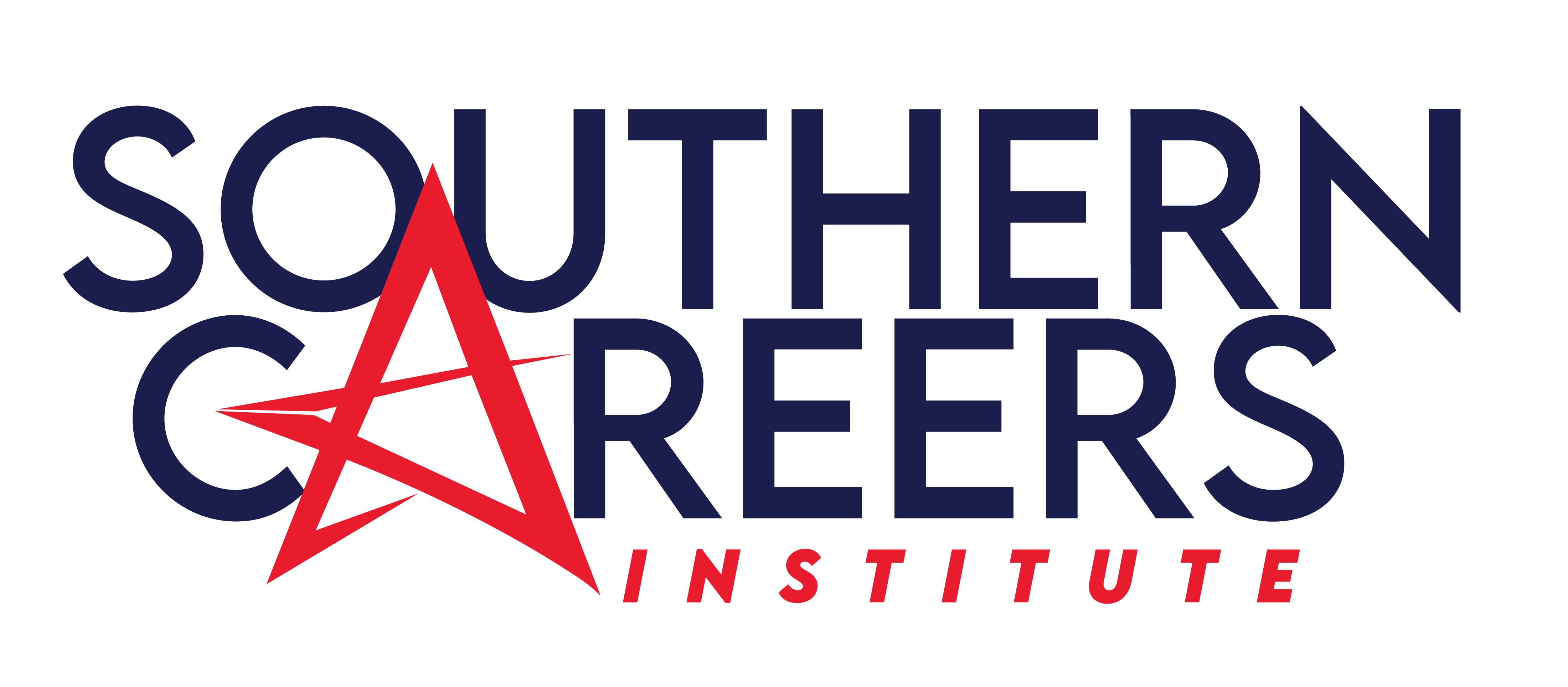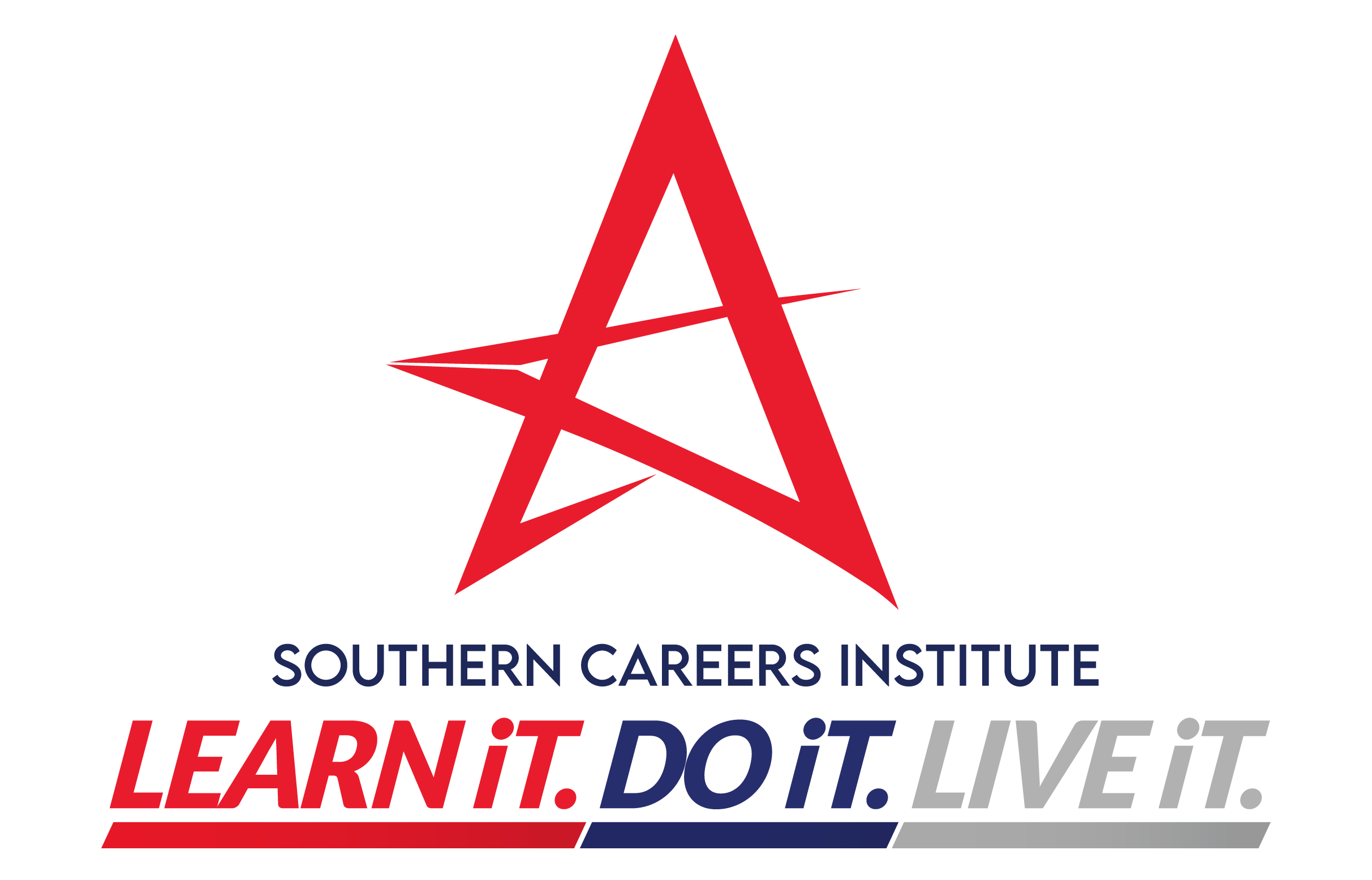Building websites requires work on both the frontend and backend. Think of frontend vs backend development like a peanut butter and jelly sandwich — they complement each other perfectly and are necessary to make something complete.
Frontend vs Backend Development
If you’re interested in learning more about website development, then knowing the difference between frontend and backend development is crucial.
Frontend development is the process of using website programming languages like HTML or JavaScript to design a website. It includes everything that someone might see when they open up a webpage, from the images to the text. Hence, it’s also called client-side development.
In contrast, backend development focuses on server-side development. Backend development involves everything that happens on the server, including maintenance and support to the frontend. Backend development focuses on everything that the user won’t usually see.
To get a better idea, let’s say you’re on a website and you decide to update your profile. The frontend will be what you see when you look at your profile— your photo and information. If you choose to change information, then the backend will process the request and voila — it gets updated.
Careers in Frontend and Backend Development
Those interested in frontend development can become frontend developers, UX designers, or web designers. Frontend developers focus on a wider range of duties, whereas UX designers and web designers may work on more specialized areas. UX designers tend to work on product research or prototype creation and web designers work more on the creative front, having prior design experience.
For those who are interested in backend development, there are also a variety of options. You can become a backend developer, software engineer or java developer. Similar to frontend developers, backend developers require a solid understanding of all areas of server-side development, fulfilling many duties to maintain the quality of a website. Java developers, as their name suggests, primarily work with Java, and software engineers are responsible for the complete process of a software project.
Careers in backend and frontend development are popular in the technology industry and have high satisfaction ratings. Hence, you not only have good job security but the ability to work in a great environment and do something that is gratifying.
Salaries for Frontend and Backend Developers
Backend developers tend to earn a bit more than frontend developers, but ultimately, both get paid very well. According to Indeed, frontend developers currently earn an average of $108,857 annually while backend developers earn an average base salary of $125,133.
Frontend and backend developers share similar perks in terms of benefits. Both will often have a flexible work environment that offers food provided at their offices as well as out of office perks such as gym memberships and stock options.
There also is some overlap in terms of the highest paying cities. Indeed reports that Seattle, Los Angeles, and New York are some of the highest paying cities for frontend and backend developers.
Skills in Frontend Development
Frontend development requires learning programming languages such as HTML, CSS, and JavaScript. Certain positions may also require certification in using Adobe or through the Amazon Web Services platform.
People in frontend development also need to have soft skills to develop a unique experience for the user. They need to be great communicators and problem solvers — communicating with backend developers or web designers so that their ideas can become interactive features that are supported by the backend.
Skills in Backend Development
People who work in backend development need to be skilled in HTML, CSS, and JavaScript so they can effectively collaborate with front-end developers. To work on the server-side, they need to have a solid understanding of higher-level programming languages such as Java or Ruby. They also may work with databases so having knowledge of MySQL or PostgreSQL can also be helpful.
Backend development also requires someone who is organized and detail-oriented since their work is focused on making sure that a website is supported and that updated features work.
What about Fullstack Development?
If you can’t decide if backend development or frontend development interests you more, then here’s some good news: you don’t have to choose! Full-stack development inherits the best of both worlds. As the jack of all trades, full-stack developers work on both the client-side and server-side. Fullstack developers usually have more responsibility, but also greater freedom in the overall vision of developing webpages.
In 2021, the World Wide Web is more important than ever. It’s a seamless part of our everyday life but, not everyone knows exactly how it works. Knowing the differences between frontend, backend and full-stack development makes you truly realize how amazing website development is. Learn more about our software developer training program powered by WOZ U.

Sophia Acevedo is a journalist based in Southern California. She is a 2020 graduate from California State University, Fullerton, and a proud Daily Titan alum.











